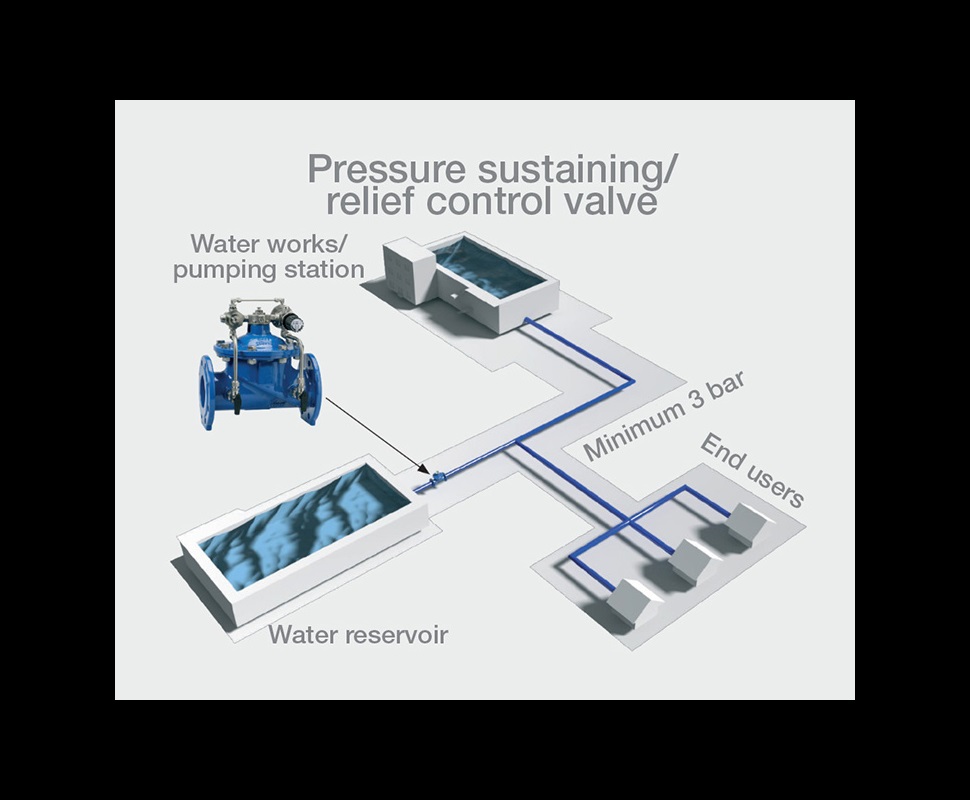Understanding the Importance of Control Valves in Process Automation
Understanding the Importance of Control Valves in Process Automation
Blog Article

Maximize Power Savings and Comfort With Advanced Building Automation Controls
In the world of modern-day architecture and facility management, the combination of innovative structure automation controls stands as a critical improvement. The convergence of technology and sustainability has actually birthed a brand-new age where energy performance, convenience optimization, and operational streamlining are no longer remote desires yet obtainable realities. By utilizing the power of automation, structures can adapt, respond, and evolve in means that were when unthinkable. The capacity for significant energy cost savings and improved comfort is not simply a pledge but an opportunity waiting to be fulfilled. This standard change in building monitoring holds the essential to opening a globe where ecological conscientiousness and resident health harmoniously coexist within the walls of our frameworks.
Power Efficiency Advantages
Energy effectiveness advantages can substantially lower power usage and functional prices in buildings. Energy-efficient systems, such as advanced building automation controls, can optimize the usage of resources like cooling, lights, and heating, leading to lower power expenses over time.
In addition, boosted energy performance can prolong the life expectancy of building tools and systems. By running extra successfully, HVAC systems, lighting fixtures, and other building parts experience much less wear and tear, leading to reduced maintenance and substitute costs. Additionally, energy-efficient buildings commonly regulate higher residential property worths and rental rates, offering lasting monetary benefits to owners.
Moreover, energy performance can enhance occupant comfort and performance. Correctly managed interior environments with optimal lights and thermal problems develop a more pleasurable and favorable workspace, causing improved staff member satisfaction and performance. Overall, the power efficiency benefits related to innovative structure automation controls are multifaceted, including price savings, ecological stewardship, and resident wellness.
Improved Convenience Control
Enhancing comfort control in building atmospheres requires an innovative assimilation of innovative automation systems for optimum resident wellness. By utilizing innovative building automation controls, facilities can tailor the interior environment to meet the specific demands and choices of occupants. control valves.
By including these advanced controls, structures can not just improve convenience however additionally improve power effectiveness by optimizing system procedures based on real tenancy and usage patterns. Eventually, focusing on owner convenience via innovative automation systems leads to a more pleasurable and healthier indoor atmosphere.
Operational Effectiveness Improvements

In addition, the application of real-time monitoring and analytics devices allows structure operators to recognize energy inefficiencies and functional anomalies without delay. By constantly keeping an eye on energy use patterns and system efficiency metrics, adjustments can be made in real-time to maximize energy intake and make sure peak operational effectiveness. control valves. Furthermore, integrating demand action strategies right into structure automation controls can even more boost functional efficiency by dynamically changing power use based on grid problems and pricing signals
Indoor Climate Optimization
Effective interior environment optimization is a basic facet of structure automation controls, guaranteeing residents' convenience and wellness while making the most of energy cost savings. By using sophisticated sensors and controls, building automation systems can continually monitor and adjust temperature level, humidity levels, air high quality, and ventilation to create an optimal interior environment. Maintaining comfy and constant conditions not just boosts passenger complete satisfaction but also boosts efficiency and general well-being.
Interior environment optimization likewise plays an important duty in power effectiveness. By fine-tuning air flow, air conditioning, and heating systems based upon real-time data and tenancy patterns, developing automation controls can substantially decrease energy usage - control valves. As an example, executing methods such as demand-controlled ventilation and thermal zoning can aid lessen energy waste while guaranteeing that each location of the building gets the needed conditioning.

Sustainable Environment Development
Structure automation controls not just enhance indoor environment conditions for power performance and resident convenience but likewise lay the structure for creating a lasting environment via strategic monitoring of systems and sources. By incorporating sophisticated building automation innovations, such as sensing units, actuators, and intelligent software application, centers can check and adjust energy use in real-time to minimize waste and decrease their carbon footprint. These systems enable anticipating upkeep, identifying potential concerns find more information prior to they rise and enhancing tools performance to enhance long life and effectiveness.
Additionally, sustainable environment creation expands beyond power management to include water conservation, waste decrease, and indoor air high quality improvement. Building automation controls can regulate water usage, spot leakages, and guarantee correct waste disposal techniques, adding to general sustainability initiatives. Furthermore, by monitoring and managing air flow and filtration systems, these modern technologies improve owner health and efficiency while decreasing energy intake connected with heating and cooling operations.
Final Thought
In conclusion, progressed building automation regulates offer significant advantages in regards to energy savings, comfort control, functional effectiveness, indoor environment optimization, and developing a lasting atmosphere. By more information carrying out these controls, buildings can attain ideal performance while reducing energy intake and boosting passenger convenience. It is evident that using sophisticated automation modern technology is essential in improving building performance and developing an extra sustainable future.
Energy performance benefits can dramatically minimize power usage and operational prices in buildings. Overall, the energy performance benefits associated with innovative structure automation controls are diverse, including expense savings, ecological stewardship, and resident health.
In addition, integrating need feedback techniques right into structure automation controls can additionally improve operational performance by dynamically changing energy use based on grid conditions and prices signals.
Building automation regulates not just maximize interior climate problems for energy efficiency and resident convenience however also click lay the structure for producing a sustainable setting with calculated administration of sources and systems.In conclusion, progressed building automation controls deal considerable advantages in terms of power savings, convenience control, operational efficiency, interior environment optimization, and producing a sustainable environment.
Report this page